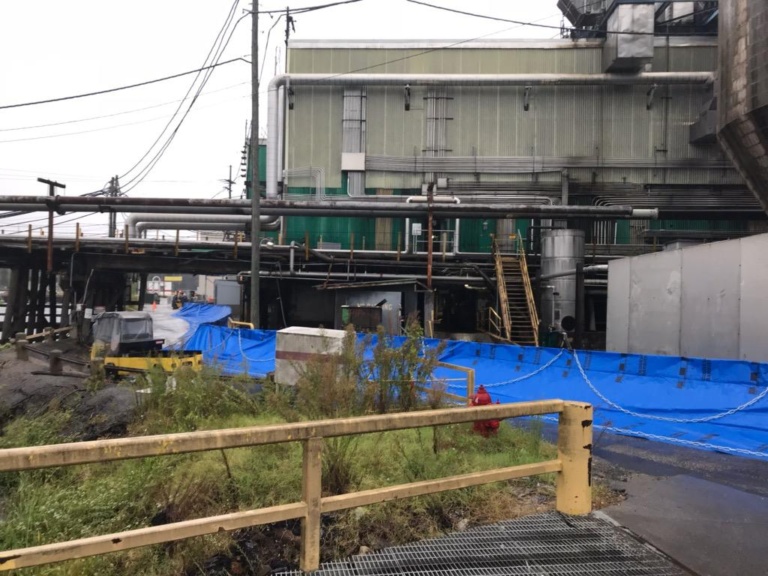

Acute climate risks are near-term risks and threats to assets posed by current, near-time, event-driven, extreme weather hazards. These can include floods, extreme rainfall, drought, tropical cyclones, wildfires, and heat waves.
It’s crucial to recognize and assess acute weather risks to enhance climate resilience, protecting or fortifying existing infrastructure, whether for your organization, municipality, armed services branch, or industrial park. Acute weather risks have increased over the last decades, and both inland and coastal floodings pose an accelerating threat to organizations, infrastructure, and assets of all sorts. High tide floods are now 300–900% more frequent than only 50 years ago. The frequency and intensity of extreme weather events, including heavy rainfall, have been reported to see an increase, according to NOAA, posing greater threats for flash- and river floodings. All coastal sites evaluated and measured by the federal agency in 2020 had seen an increase in flooding since the 1950s, and most inland cities had seen an increase in heavy precipitation. One of the consequences of the increased frequency of coastal flooding includes a wider geographical impact due to water’s complex nature, potentially causing increased flood risk for inland cities as well.
an accelerating threat to organizations, infrastructure, and assets of all sorts. High tide floods are now 300–900% more frequent than only 50 years ago. The frequency and intensity of extreme weather events, including heavy rainfall, have been reported to see an increase, according to NOAA, posing greater threats for flash- and river floodings. All coastal sites evaluated and measured by the federal agency in 2020 had seen an increase in flooding since the 1950s, and most inland cities had seen an increase in heavy precipitation. One of the consequences of the increased frequency of coastal flooding includes a wider geographical impact due to water’s complex nature, potentially causing increased flood risk for inland cities as well.
Changes in infrastructure and development can threaten nearby areas, presenting and enabling new sets of acute climate risks. Disruption of water’s previous behavior can be caused by multiple human-driven events and increasing the number of risks water might pose to your assets.
Present risks are, with growing urgency, increasingly putting infrastructure at risk. Water risks can possibly damage structures and disrupt not only organizational and governmental continuity but our society’s ability to go around. With the accelerating rates of extreme, heavy rainfall and high-tide floods, both coastal and, consequently, inland cities are suspect to a greater risk than ever. In an unprecedented manner, present water risks pose a threat to a wide range of structures and facilities, including utilities, electric grids, water waste plants, bridges, tunnels, and railways.

In 2021, The American Society of Civil Engineers (ASCE), published their “Report Card for America’s Infrastructure,” assessing the condition and performance of America’s infrastructure. With a GPA of C-, the ASCE indicated that the current infrastructure is in significant need of restoration or improvements. Read more about the Bipartisan Infrastructure Bill here.
The condition of the current infrastructure puts a great emphasis on the need to protect structures and plants. Research shows that the most effective way to keep your physical structures safe from water is to keep them away from water. Proactive, temporary solutions can control water, keeping the infrastructure safe.
We can help you develop comprehensive, proactive risk mitigation strategies.